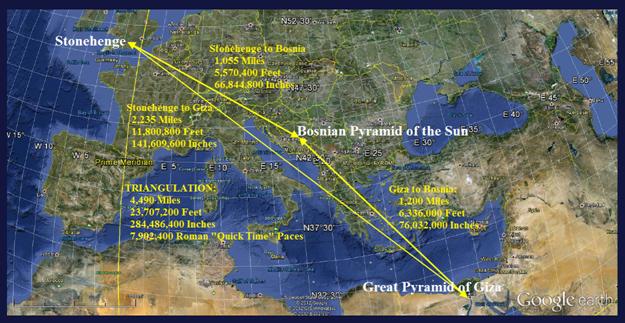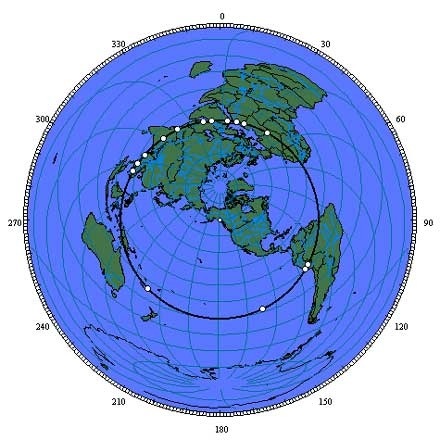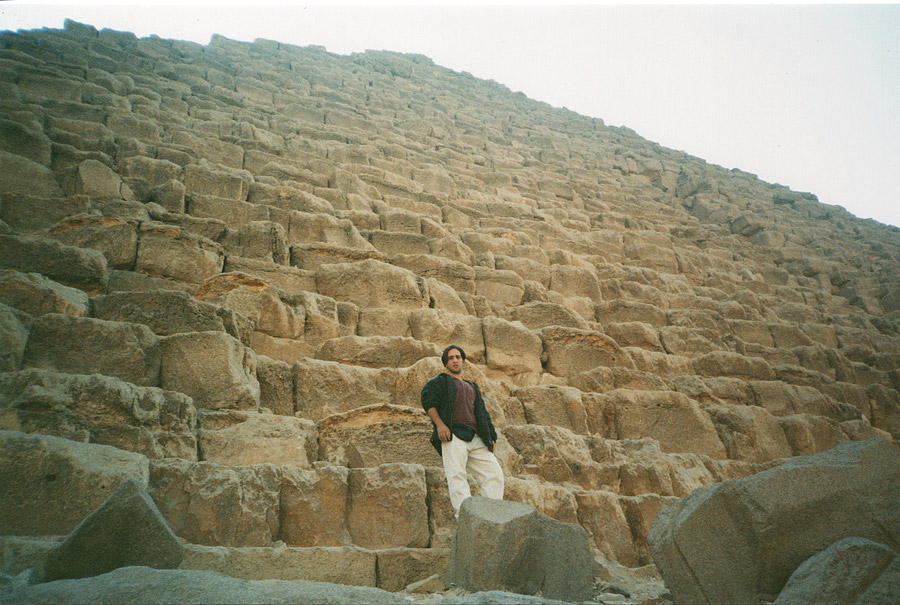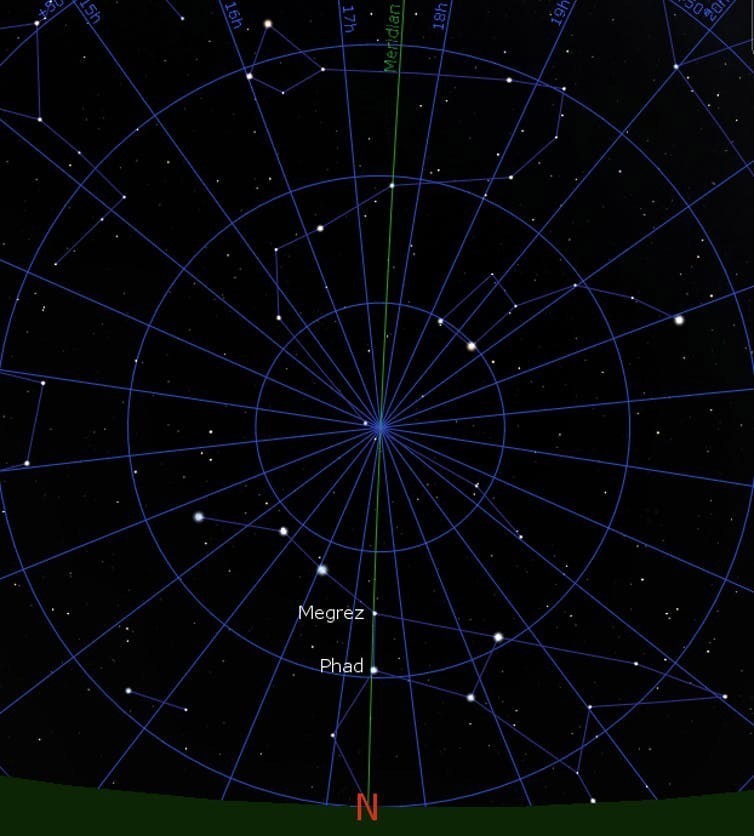Mysterious Alignment of Ancient Sites
Did you know that ancient sites like Easter Island, Nazca, Ollantaytambo, Paratoari, Tassili n’Ajjer and the Pyramids of Giza are all aligned on a single great circle? There is a mind-boggling connection among ancient structures that is indicative of a far greater meaning than we were aware of.

The Great Pyramids of Giza and Stonehenge seem to be aligned with precision to cardinal points or the positions where the moon, sun or stars rise and set on the horizon.
Many ancient ruins demonstrate that the people who constructed them had not only special regard for celestial bodies and mathematics, but also a spot-on accuracy. From Egypt to Mexico, there is no doubt that past civilizations were involved in incredibly complex space calculations, mathematics and architectural endeavors.

Today, we seem to struggle to imagine how ancient people could build and orient such structures. This has led to many assumptions. Some suggest prehistoric people must have had some knowledge of mathematics and sciences to do this, whereas others go so far as to speculate that alien visitors showed them how to do it.
As an author with a vivid imagination, I believe this had to have been constructed by an alien race that had visited us hundreds of thousands of years ago. My novel Last Secret Chamber plays on this theory.
Great Pyramid of Giza
The pyramids of Egypt are some of the most impressive ancient monuments, and several are oriented with high precision. The first high-precision survey of the Giza pyramids was carried out in the 19th century. They found out each of the four edges of the pyramids’ bases point towards a cardinal direction to within a quarter of a degree.
But how did the Egyptians know that? Just recently, Glen Dash, an engineer who studies the Giza pyramids, proposed a theory. He draws upon the ancient method of the “Indian circle”, which only requires a shadow casting stick and string to construct an east-west direction. He outlined how this method could have been used for the pyramids based on its simplicity alone.

Stonehenge

A huge circle of stones, some weighing as much as 50 tons, sits in the English countryside outside Salisbury. Known as Stonehenge, the Neolithic monument inspired Swiss author Erich von Däniken to suggest it was a model of the solar system that also functioned as an alien landing pad—after all, how else could those massive stones have ended up hundreds of miles from their home quarry?
No one knows what, exactly, the meaning of Stonehenge is, but, as with all the other sites in this collection, the explanation is not aliens. Instead, scientists have demonstrated it’s actually possible to build such a thing using technologies that would have been around 5,000 years ago, when the earliest structures at the site were built.
And now, it appears as though the stones are aligned with solstices and eclipses, suggesting the Stonehenge builders were at least keeping an eye on the heavens, even if they didn’t come from above.
So how can cultural astronomy explain the pyramids’ alignment? A study from 2001 proposed that two stars, Megrez and Phad, in the stellar constellation known as Ursa Major may have been the key. These stars are visible through the entire night. Their lowest position in the sky during a night can mark north using the merkhet – an ancient timekeeping instrument composing a bar with a plumb line attached to a wooden handle to track stars’ alignment.

The use of the two stars Megrez and Phad of Ursa Major to line up with the cardinal north direction (meridian indicated in orange) as simulated for 2562BC.
